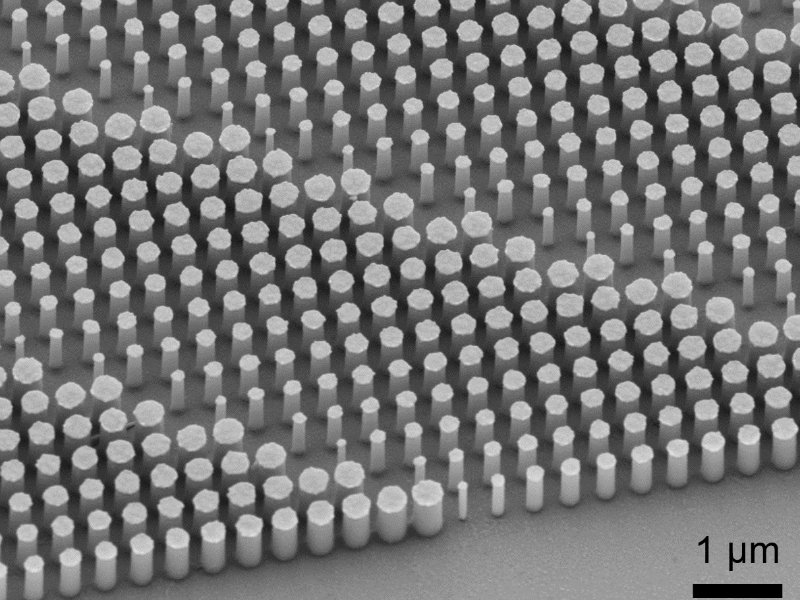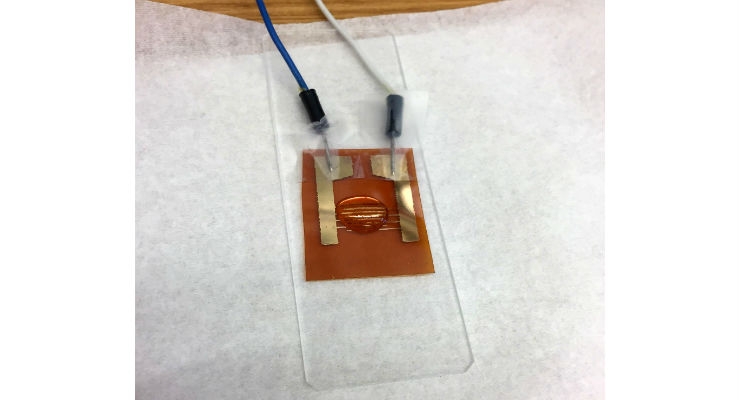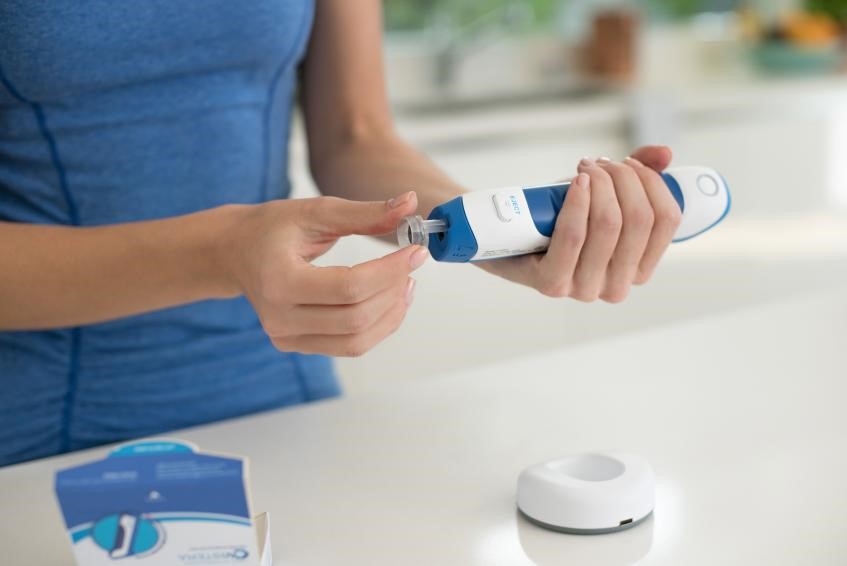UK based medical device company launches largest US study of its kind
The company’s diagnostic device is designed to help physicians rule out active ischemia in patients who go to the emergency department (ED) with chest pain. The device – currently being trialled at five research facilities in the
read more
Endoscopic imaging catheter could better detect tissue disease
Experts in endoscopic imaging at Massachusetts General Hospital (MGH) and the creators of flat metalens

Needle-Free Option for Collecting Blood Adopted
A needle-free blood collection device has been adopted by a hospital system following its evaluation of the technology and the procedure in multiple inpatient units.

Driving Medical IoT Concepts with Force-Sensitive Resistor Technology
The Internet of Things (IoT) represents a growing wave of change that brings several new challenges to design engineers across all industries and markets. While it is a somewhat nebulous concept, IoT is broadly defined as a network of smart devices that communicate with one another wirelessly, with little-to-no direct human interaction.

Using Light For Better Hearing In Cochlear Implants
A group of researchers from various institutions in Germany has developed a new type of cochlear implant that is based on light, according to Medical Xpress. This new implant uses a concept that has been around for many years.
Read more
Low-Cost Sensor Rapidly Detects Mosquito-Borne Diseases
SMK Diagnostics has created biosensor technology to identify and monitor diseases such as Zika.

Time of Death: New AI Technology Tries To Predict and Prevent Death
FDA has cleared an algorithm platform aimed at eliminating unexpected deaths.

This algorithm analyzes medical images 1,000 times faster than usual
Massachusetts Institute of Technology researchers have developed an algorithm that makes it easier and 1,000 times quicker to analyze medical images and 3D scans.

Can You Inject Without the Needle?
A Pharmapack 2018 speaker explains a new needle-free approach that could suit biologics and support digital health.

Robotic system can analyse eye movements to detect Parkinson’s
Researchers at Spain’s Universidad Politécnica de Madrid (UPM) and start-up AURA Innotive Robotics have developed a new robotic system called OSCANN Desk, designed to accurately analyse eye movements for detecting neurodegenerative diseases such as Parkinson’s disease and dementia.

